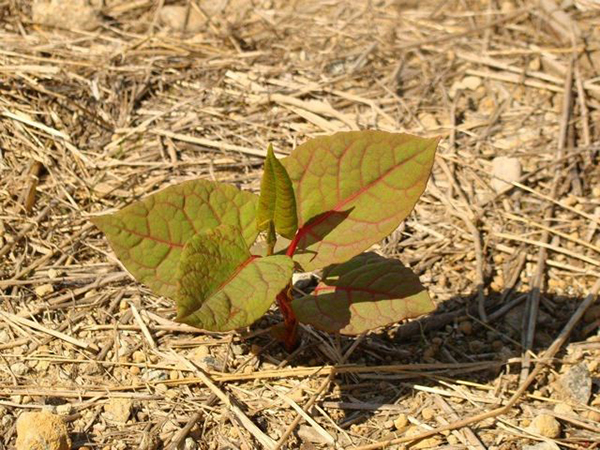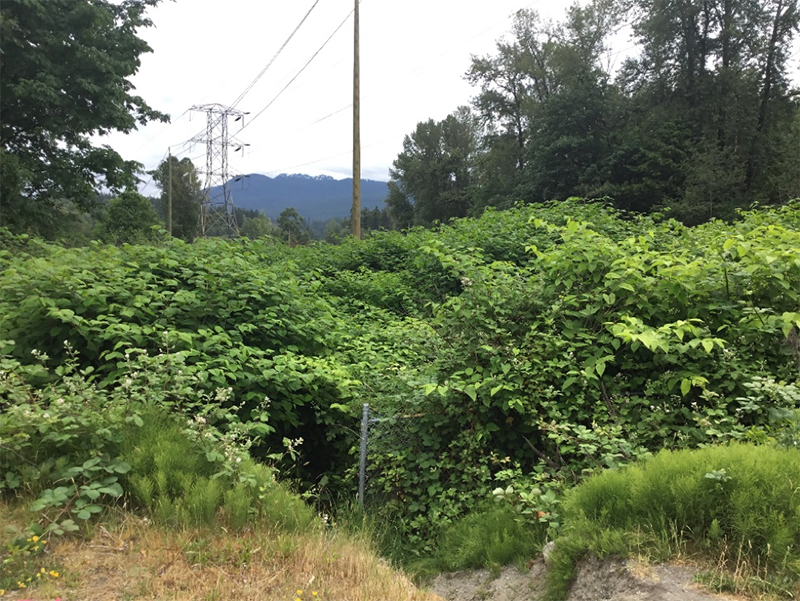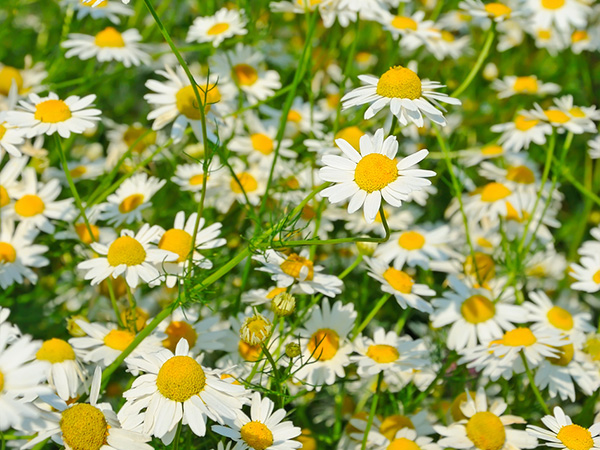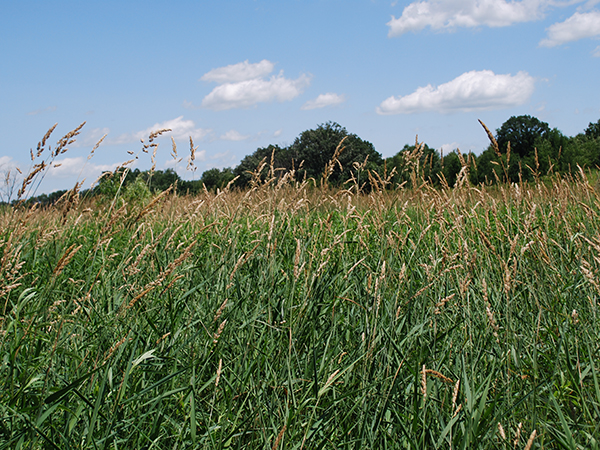Case Study
Using straw at the Vancouver 2010 Winter Olympics: A Story of Accidental Introduction
Did you know that Japanese knotweed, a plant that grows aggressively and is one of the world’s most-invasive species, was accidentally introduced into Cypress Provincial Park during the Vancouver 2010 Olympics?
Ironically, 2010 was one of those bad snow years with high temperatures and minimal snowfall. In a last-minute attempt to have adequate snow for the events, the Olympic Committee began making snow and brought in straw to help bulk up the levels. Unfortunately, these straw bales contained invasive plants. As a result, when all the snow and athletes were gone, three invasive plants remained—Japanese knotweed, reed canary grass, and scentless chamomile. It took significant effort and money to manage these invasive plants after their introduction. All that work could have been prevented by simply checking the straw at the source before purchasing it, to ensure it was free of invasive plants.
Any time straw is to be used for sediment control or in a situation such as this, it should first be checked at its source to ensure that it is clean, and then the area where it is used should be monitored for the presence of invasive plants for two to three years afterward.



